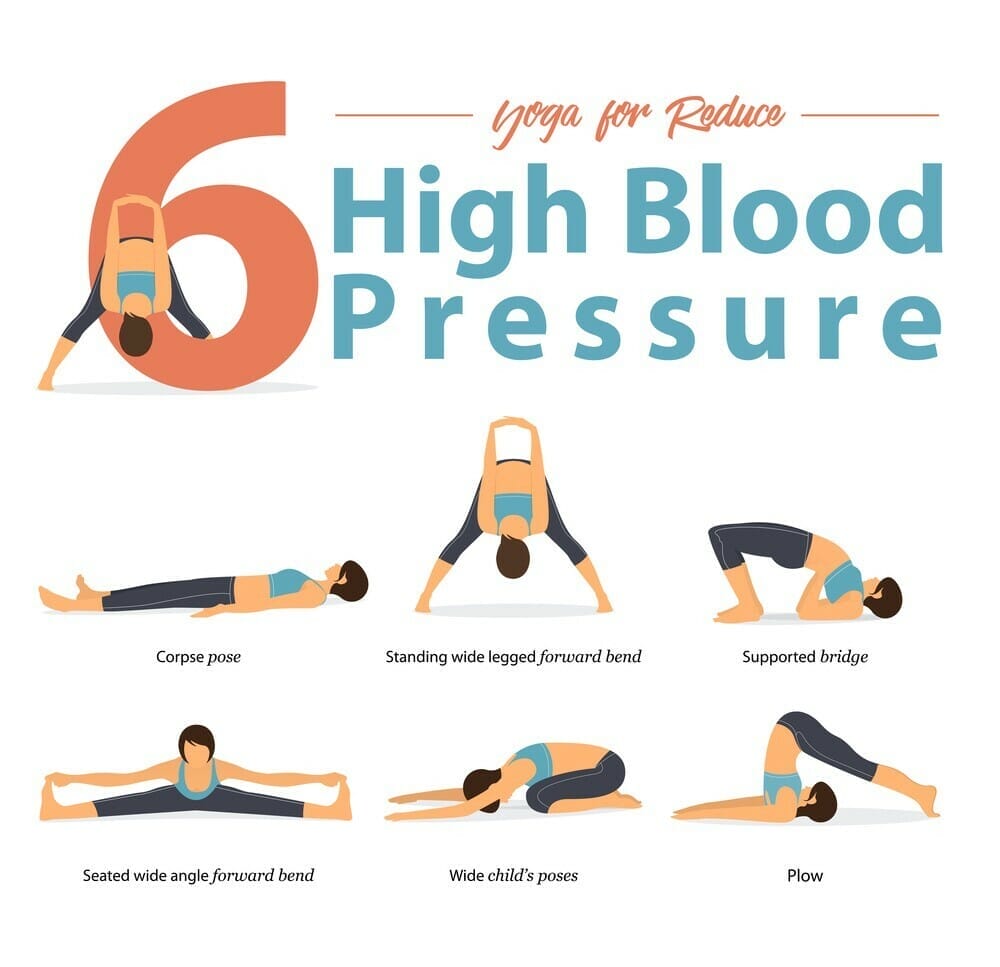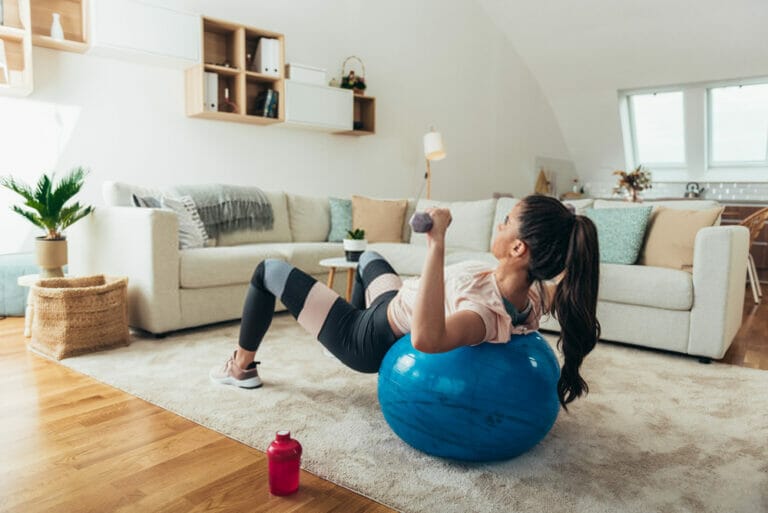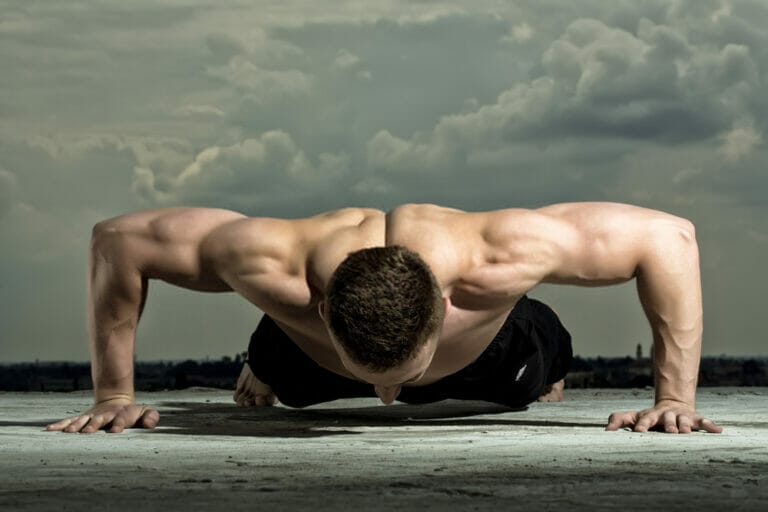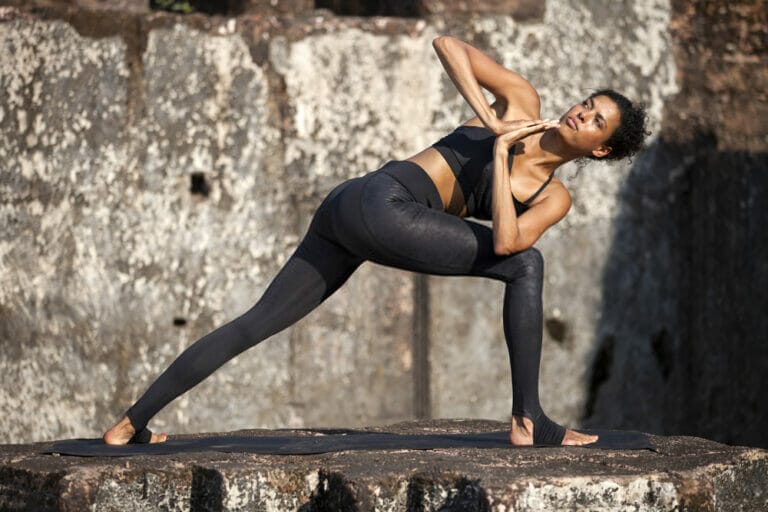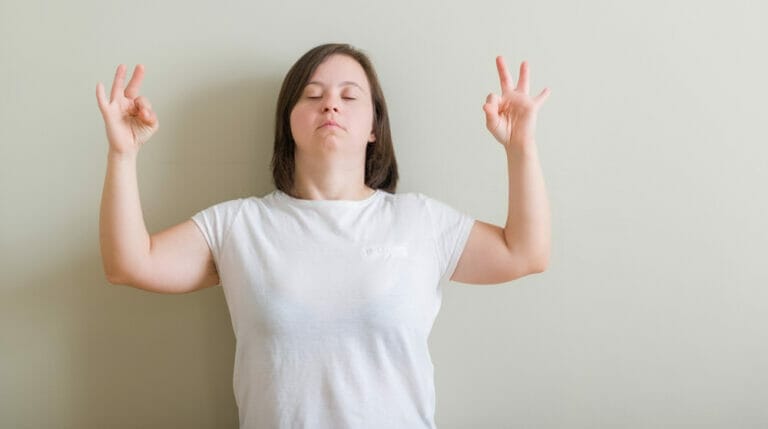Avoid These Yoga Postures If You Have Hypertension
Do you have high blood pressure (a.k.a hypertension)? Then you should stay away from doing any of the following yoga poses. These poses can exacerbate your high blood pressure and put your health at risk.
Yoga is a unique form of exercise to improve your fitness and has many health benefits. It can help you reduce high blood pressure, but you need to do the correct poses.
Poses that don't put your feet higher than your head or chest more elevated than your head are best for people with high blood pressure.
Certain poses like those discussed below involve inversion, which could lead to heart palpitations if done by someone with high blood pressure.
Doing the modified versions of these poses would be recommended for people with high blood pressure, but first, monitor yourself and contact a doctor if necessary.
Yoga Poses to Avoid with High Blood Pressure
These poses are antagonisms to high blood pressure. You don’t want to perform these poses if afflicted with high blood pressure.
We're not licensed medical professionals, and we were hoping you could consult one before using our opinions for anything medically related.
Headstand
A headstand is a yoga pose that’s done by placing your feet on the wall and lifting your head and shoulders high above them. The pose is not advised for individuals with high blood pressure.
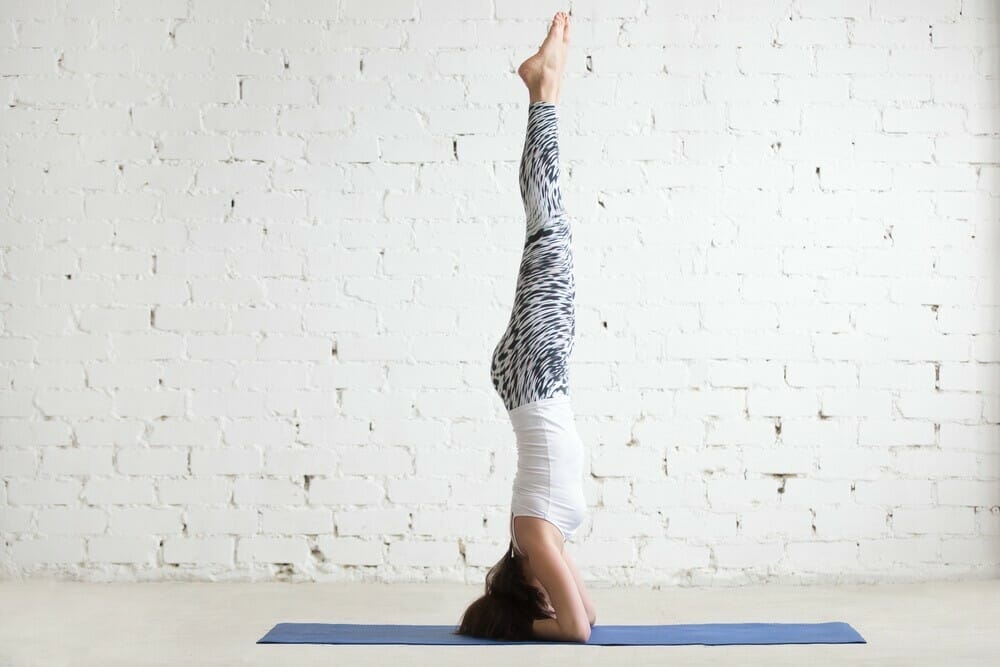
Preventing blood clots and venous pooling is essential in headstands. Therefore, headstands should be done with care and monitored thoroughly to ensure the health of your neck.
Forearm Stand
The headstand is in the same position as the forearms stand. Being on your forearms will help you elevate your body, but it’s not enough for those with high blood pressure because you are still upside down.
Your blood pressure will be more stable if you lie on your back. The forearm stand can be a complex pose.
The individual can become unstable while trying to maintain their body weight in the air. In addition, it can cause a lot of strain on the body, leading to an increase in blood pressure.
Handstand
The handstand is an inverted pose that turns you upside down. A handstand puts a lot of pressure on your shoulders and the upper body. Note also that, in this case, your legs are entirely elevated up in the air.
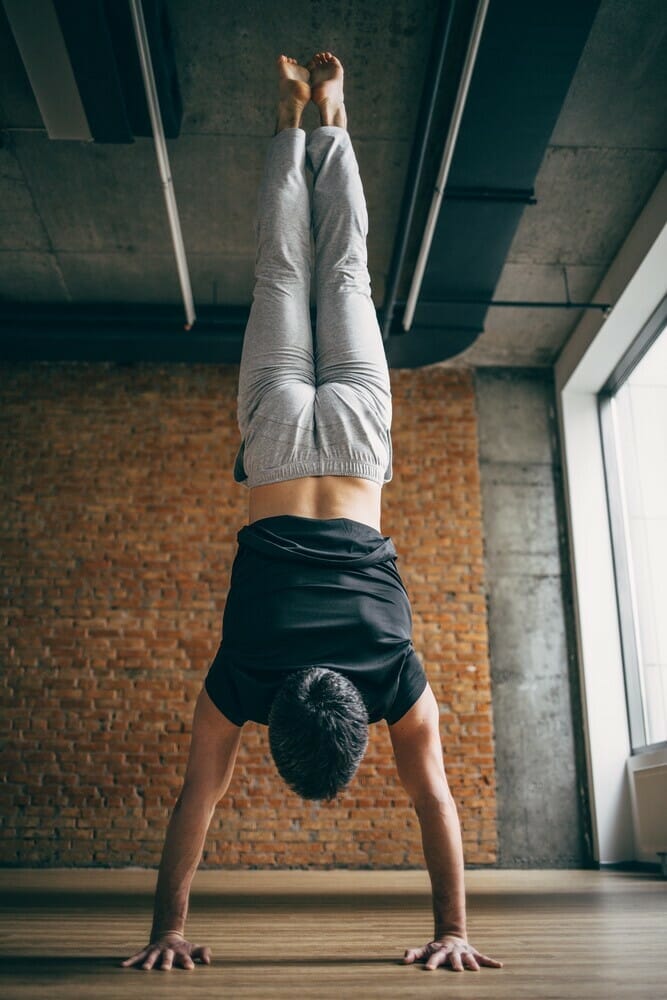
High blood pressure and elevated legs should not be a part of any exercise routine. In addition, handstands are hard on your wrists if you lack the correct posture. So, if the challenge for you is high blood pressure levels, then this pose is not ideal.
Shoulder Stand and Plow Pose
The shoulder stand (and the plow pose) are both inverted poses. These poses can be uncomfortable on your neck and shoulders if you have high blood pressure.
In addition, these positions put a lot of pressure on your neck and upper body while turning you upside down.
The shoulder stand, in particular, is a challenging pose to maintain, especially for beginners. Commonly, beginners lose their balance while attempting the pose, which can also lead to unintentional injuries.
Downward Facing Dog
The downward-facing dog is an inverted pose like the handstand. So, if you already know why the handstand is terrible for someone with high blood pressure, you should understand why this pose is also wrong.
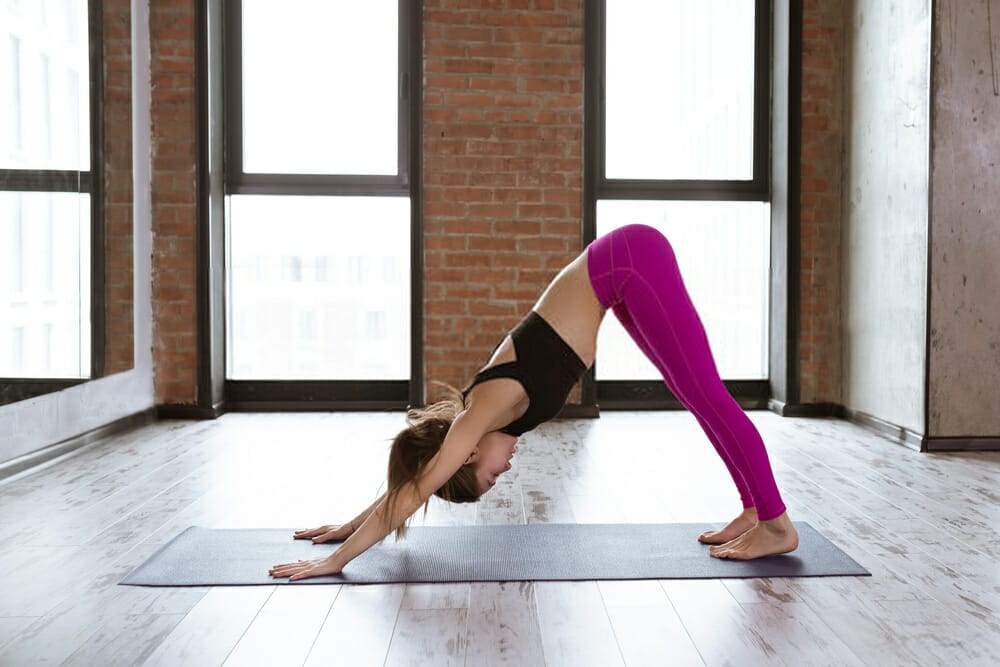
Standing Forward Bend
In this yoga pose, you are folding your body in half. If you stand up and fold your body over your heart, all the blood rushes to your head. You’ll be in danger because all of the blood immediately runs to your head, away from your heart.
You can modify this pose by sitting down but keeping your head upright to flow blood through the body.
Backbend
Backbends are particularly tense on the body, the entire body. This pose is full of tension and stress, which can aggravate high blood pressure. You bend forward, supporting your weight on your hands.
If you attempt a backbend without being adequately prepared, you can put a lot of strain on your entire body.
Wheel Pose
The wheel pose is an advanced backbend. A lot of strength is needed, and the chest is stretched while doing this pose. It makes it challenging to breathe unless you’re familiar with the 80/20 breath technique.
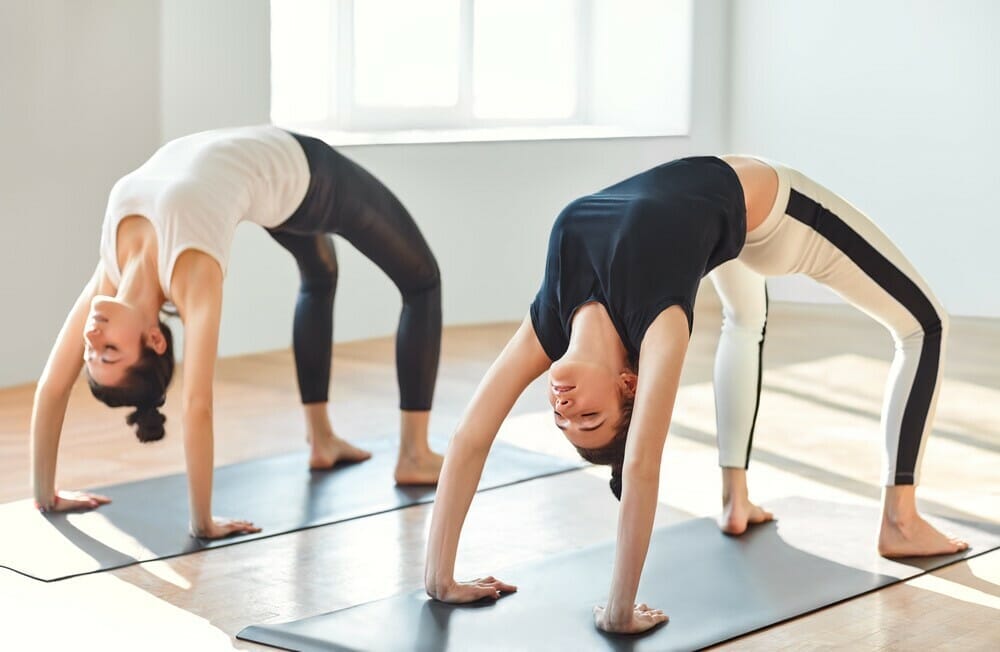
The 80/20 breath technique is fundamental for beginners. Therefore, this is a risky position for people with high blood pressure.
Bow Pose
In this pose, you lay on your stomach but keep your upper back and both legs up in the air. It is a variation of wheel pose, but you’re on your stomach rather than your back, and your arms reach back rather than supporting your weight.
This pose is challenging because you have to get into it while breathing, and it requires a lot of flexibility. Therefore, you should skip this one.
Locust Pose
This pose is similar to the bow posture in that you lie on your stomach, but there are differences. In this pose, there are no hands. Instead, it’s identical to a backbend because of how it stretches your neck and chest muscles.

People with high blood pressure should skip this inverted yoga posture.
Conclusion
Having high blood pressure is dangerous, and you should know what to do about it. Yoga can help you decrease your blood pressure levels while making you healthier overall.
But you should be cautious of the poses you do, as the ones mentioned above in the article can aggravate Blood pressure.
You should always start slowly and monitor yourself to see how your body responds. It’s vital to listen to your body and consult a doctor before starting any new exercise.
Yoga can bring many benefits to the body, including lowering blood pressure. But if you choose the wrong poses, you might end up hurting yourself, so proceed with caution and always take it easy on your body.
Thank you

